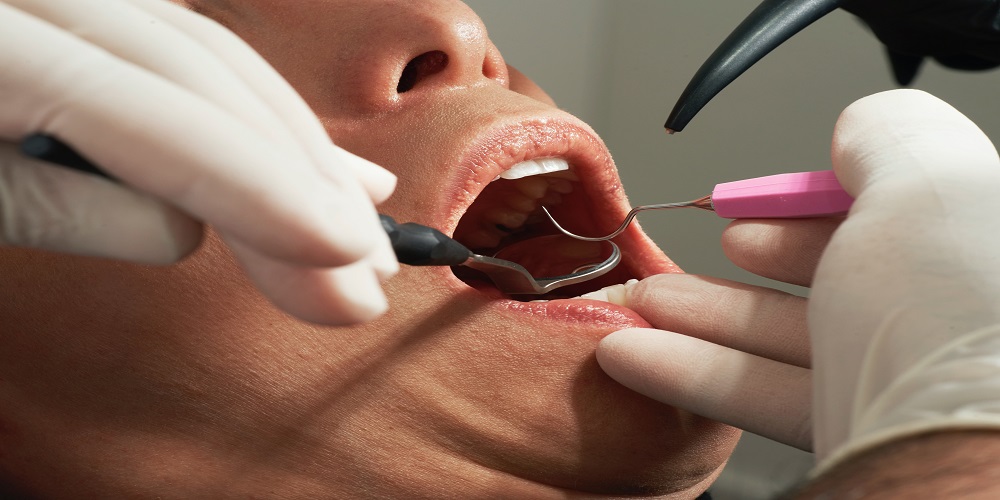Invisalign vs. Traditional Braces: Right Orthodontic Treatment
When it comes to orthodontic treatments, two popular options for correcting misaligned teeth are Invisalign and traditional braces. Any professional denture expert can tell you, both methods have their advantages and drawbacks, and choosing the right treatment depends on various factors such as the severity of the dental condition, personal preferences, and lifestyle. In this article, we will explore the key differences between Invisalign and traditional braces, helping you make an informed decision about which orthodontic treatment is best suited for you.

How do Traditional Braces work?
Traditional braces consist of metal brackets that are bonded to the teeth and connected by archwires. These wires apply gentle pressure to the teeth, gradually moving them into alignment. Over time, adjustments are made to the braces by the dentist or orthodontist to ensure optimal progress.
What is Invisalign?
Invisalign is a modern orthodontic treatment that utilizes a series of clear, removable aligners to straighten teeth. These aligners are custom-made to fit snugly over your teeth and gradually shift them into the desired position. Invisalign aligners are made of a comfortable and virtually invisible material, providing a discreet option for individuals who wish to avoid the noticeable appearance of traditional brace.
Here are a few benefits of Invisalign aligners:
- Visibility and Aesthetics
Invisalign aligners are transparent, making them significantly less noticeable than traditional braces. This feature is especially appealing to teenagers and adults who may feel self-conscious about wearing visible braces. On the other hand, traditional braces are more prominent and can be easily noticed. However, advancements in orthodontics have introduced ceramic or tooth-colored braces as a more aesthetically pleasing option.
- Comfort and Convenience
Invisalign aligners are made of smooth plastic, minimizing discomfort and irritation often associated with metal brackets and wires. Unlike traditional brace, there are no brackets or wires to break or cause irritation in the mouth. Additionally, Invisalign aligners can be removed for eating, brushing, and flossing, allowing for better oral hygiene compared to traditional braces that require more meticulous cleaning.
- Treatment Duration
The duration of orthodontic treatment varies depending on the complexity of the case. In general, traditional braces may require a longer treatment time compared to Invisalign. However, the specific timeframe can only be determined by your dentist or orthodontist after evaluating your dental condition.
- Effectiveness and Correction Capabilities
Both Invisalign and traditional braces are highly effective in correcting dental issues such as overcrowding, gaps, crossbites, underbites, and overbites. However, for more complex orthodontic cases, traditional braces may offer greater control and precision in tooth movement.
- Lifestyle Considerations
If you lead an active lifestyle or participate in contact sports, traditional braces might be more suitable as they provide additional protection to your teeth. Invisalign aligners should be removed during sports activities to prevent damage. However, Invisalign aligners offer the advantage of being removable, which allows you to enjoy your favorite foods without any restrictions. With traditional braces, certain foods like sticky or hard items need to be avoided to prevent damage to the brackets or wires.
Conclusion:
Choosing the right orthodontic treatment depends on various factors such as personal preferences, dental condition, lifestyle, and treatment goals. Invisalign and traditional braces both offer effective solutions to correct misaligned teeth, but each has its own advantages and considerations.
To determine the most suitable treatment option for your specific needs, it is essential to consult with denture experts, specifically orthodontists who specialize in teeth alignment. They will evaluate your dental condition, discuss your preferences, and provide expert guidance on the most appropriate treatment.
Remember, your smile is an investment in your self-confidence and oral health. Don’t hesitate to take the first step towards a straighter smile today!
